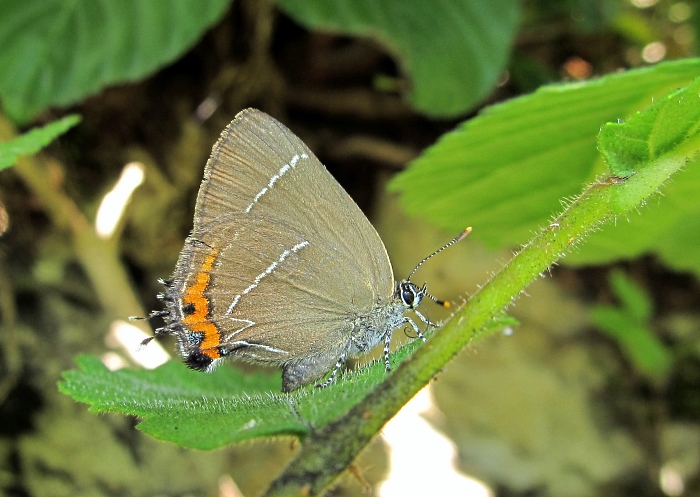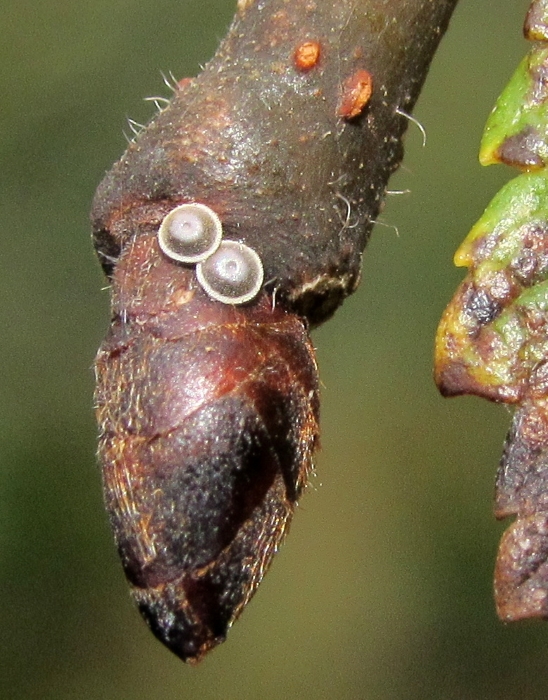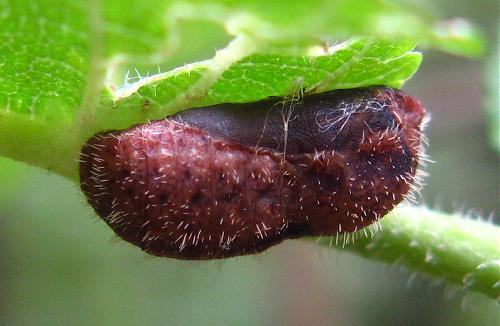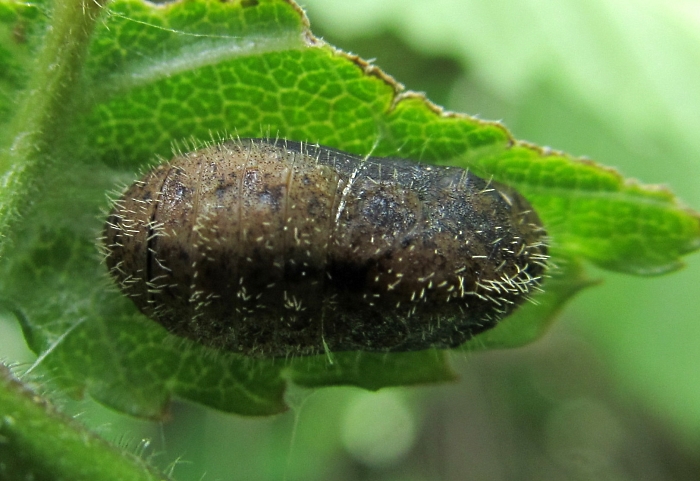
Female, Switzerland, July 2018

Female, Switzerland, July 2017

Male, Switzerland, July 2016

Female, Switzerland, July 2013

Female creeping around a dense elm tree looking for places to lay, Switzerland, July 2017

Female, Switzerland, July 2013

Female, Switzerland, July 2012

Female, Switzerland, July 2012

Male, Switzerland, July 2012

Male, Switzerland, July 2012

Switzerland, July 2009

Switzerland, August 2008

Switzerland, August 2008

Eggs, resembling miniature UFOs, on wych hazel, Switzerland, October
2017

Eggs, October 2017

First instar caterpillar, freshly emerged from egg, Suffolk, UK,
February 2021

Second instar larva on unfurling elm leaves, Suffolk, UK, May 2021

Second instar larva on unfurling elm leaves, Suffolk, UK, May 2021

Third instar caterpillar, Switzerland, May 2017

Freshly moulted third instar caterpillar, with its old skin, Suffolk,
UK, April 2020

Perfect camouflage! Suffolk, UK, April 2020


Larva beneath wych elm leaf, Switzerland, May 2010

The same larva

Two caterpillars beneath elm leaves, May 2016

Larva beneath wych elm leaf, Switzerland, May 2010

The same larva.

Larva prior to pupation, after turning brown, Switzerland, May 2014

A caterpillar preparing to pupate, Switzerland, June 2010

Pupa, Switzerland, June 2010

A pupa, June 2014

Spain, July 2005
In the UK I nearly always see white letter hairstreaks on bramble but in the Val d'Aran they were particularly attracted to flat, white flower clusters like these.

Spain, July 2005

Distribution